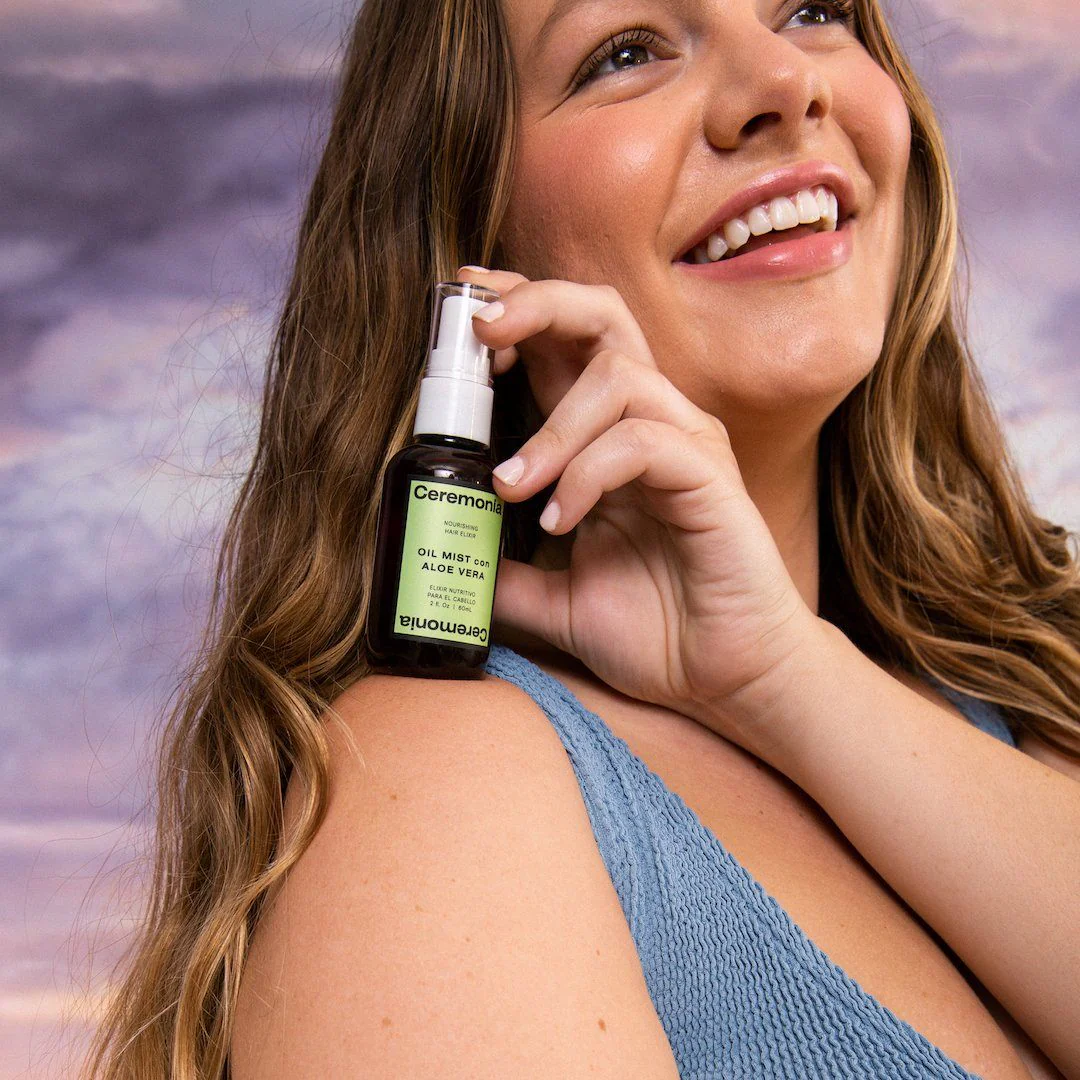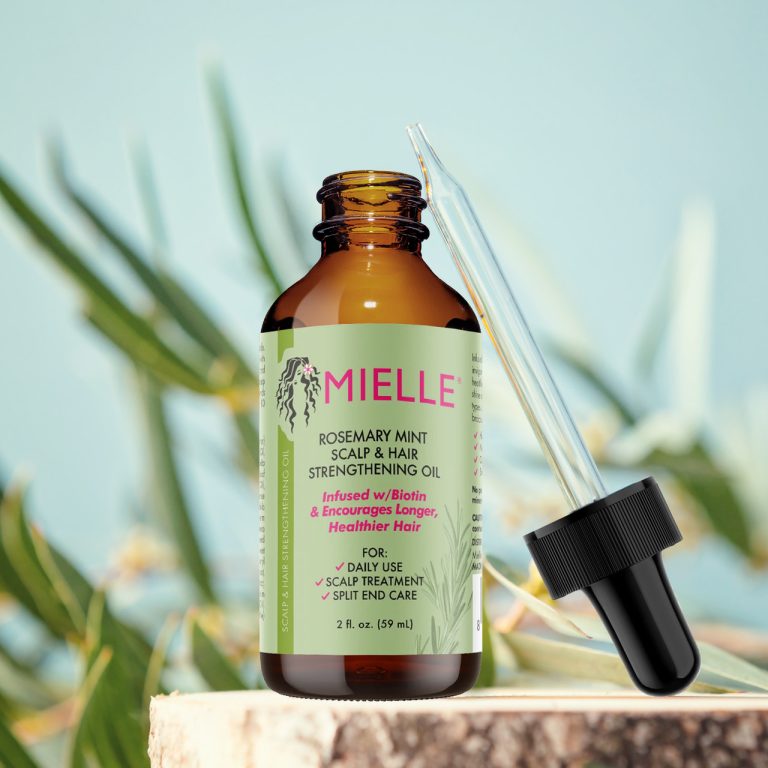
Unlocking the Secrets of Hair Growth Oil
Unlocking the Secrets of Hair Growth Oil: Your Path to Luscious Locks
Hair growth oil has gained immense popularity in recent years. This natural solution promises to boost hair growth and improve overall hair health. Many people turn to these oils as an alternative to chemical treatments. Hair growth oils offer a blend of nutrients essential for healthy hair. Understanding how these oils work can help maximize their benefits. Discover the power of hair growth oil and transform your hair care routine.
Hair growth oil is a specialized product designed to stimulate hair follicles. These oils contain a blend of natural ingredients known for their hair-boosting properties. Common components include castor oil, rosemary oil, and peppermint oil. Some formulations also include vitamins and minerals essential for hair health. Hair growth oils work by nourishing the scalp and improving blood circulation. They can help create an optimal environment for hair growth. Many of these oils also have antimicrobial properties that benefit scalp health. Regular use of hair growth oil may lead to thicker, stronger, and faster-growing hair.

The Science Behind Hair Growth Oil
Hair growth oils work through several mechanisms to promote healthy hair. These oils often contain compounds that increase blood flow to the scalp. Improved circulation delivers more nutrients and oxygen to hair follicles. Some oils have DHT-blocking properties, which can prevent hair loss. Certain ingredients in these oils may extend the anagen (growth) phase of the hair cycle. Oils rich in fatty acids help nourish and strengthen the hair shaft. Antioxidants in many hair oils protect follicles from environmental damage. Scientific studies have shown promising results for various hair growth oils. Understanding the science helps in choosing the most effective oil for individual needs.
Several key ingredients stand out in the world of hair growth oils. Castor oil, rich in ricinoleic acid, is known for its growth-promoting properties. Rosemary oil has been shown to be as effective as minoxidil in some studies. Peppermint oil stimulates the scalp and can increase the number of hair follicles. Coconut oil penetrates the hair shaft, reducing protein loss. Jojoba oil closely mimics the scalp’s natural sebum, balancing oil production. Lavender oil has antimicrobial properties and can improve hair thickness. Ginger oil increases scalp circulation and has anti-inflammatory benefits. Argan oil, rich in vitamin E, helps prevent breakage and split ends. These ingredients work synergistically to promote healthy hair growth.

How to Use Hair Growth Oil Effectively
Proper application of hair growth oil is crucial for optimal results. Start with a clean, dry scalp to ensure better absorption. Apply a small amount of oil directly to the scalp using your fingertips. Gently massage the oil into the scalp for 5-10 minutes. This massage helps stimulate blood flow and distribute the oil evenly. Leave the oil on for at least an hour, or overnight for deeper penetration. Use a sulfate-free shampoo to wash out the oil thoroughly. Apply hair growth oil 2-3 times a week for best results. Consistency is key in seeing noticeable improvements in hair growth. Adjust the frequency based on your hair type and scalp condition.
Selecting the appropriate hair growth oil depends on individual hair types and concerns. Those with fine hair should opt for lightweight oils like grapeseed or jojoba. People with thick, coarse hair can benefit from heavier oils like castor or coconut. Dry scalps require moisturizing oils such as argan or almond. Oily scalps may prefer clarifying oils like tea tree or lemon. Consider any allergies or sensitivities when choosing an oil. Look for cold-pressed, organic oils for the highest quality and purity. Some people prefer pre-blended hair growth oil formulas for convenience. Others may create custom blends tailored to their specific needs. Consult a dermatologist or trichologist for personalized recommendations.
Common Myths About Hair Growth Oils Debunked
Despite their popularity, hair growth oils are surrounded by several myths. One common misconception is that these oils work overnight. In reality, consistent use over time yields the best results. Another myth suggests that more oil means faster growth. Overuse can actually clog pores and hinder growth. Some believe that all natural oils promote hair growth equally. Different oils have varying properties and benefits for hair. There’s a misconception that hair growth oils can revive dead follicles. These oils can only help existing follicles and living hair. Some think hair growth oils are only for those experiencing hair loss. In fact, anyone looking to improve hair health can benefit. Understanding these myths helps in setting realistic expectations and using hair growth oils effectively.

Creating a Hair Growth Oil Routine
Establishing a consistent hair growth oil routine maximizes its benefits. Start by selecting the right oil or blend for your hair type. Set aside time for application 2-3 times a week. Begin with a gentle scalp massage to prepare for oil application. Apply the oil section by section, ensuring even coverage. Use a scalp brush or your fingertips to work the oil into the scalp. Cover your hair with a warm towel or shower cap after application. Leave the oil on for at least an hour or overnight. Follow up with a thorough cleansing using a mild shampoo. Consider incorporating other hair-healthy habits into your routine. Proper nutrition and stress management also play roles in hair growth.
Hair growth oil works best as part of a comprehensive hair care regimen. Pair oil treatments with a balanced diet rich in hair-healthy nutrients. Regular scalp exfoliation can enhance the effectiveness of hair growth oils. Use a silk or satin pillowcase to reduce friction and breakage. Limit heat styling to prevent damage that could counteract oil benefits. Incorporate deep conditioning treatments to complement oil applications. Stay hydrated to support overall hair and scalp health. Regular trims help prevent split ends and promote healthier growth. Consider taking hair supplements in consultation with a healthcare provider. A holistic approach yields the best results for hair growth and health.
Hair Growth Oil for Different Hair Types and Textures
Hair growth oils benefit all hair types, but application may vary. Fine hair requires lightweight oils applied sparingly to avoid weighing it down. Thick, coarse hair can handle heavier oils and more frequent applications. Curly and coily hair often needs rich, deeply penetrating oils. Straight hair benefits from lighter oils that add shine without greasiness. Oily scalps should focus oil application on hair lengths rather than the scalp. Dry scalps can use heavier oils directly on the scalp for nourishment. Color-treated hair needs oils that won’t strip or alter the color. Chemically processed hair requires extra nourishing and strengthening oils. Adjust oil quantity and frequency based on individual hair response.
Potential Side Effects and Precautions
While generally safe, hair growth oils may cause side effects in some individuals. Allergic reactions can occur, especially with nut-based oils. Perform a patch test before using a new oil to check for sensitivity. Overuse of oils can lead to buildup and clogged pores. This can result in acne or folliculitis on the scalp. Some essential oils may cause irritation if used undiluted. Always mix essential oils with a carrier oil before application. Certain oils may interact with medications or medical conditions. Consult a healthcare provider if you have any concerns. Pregnant women should check with their doctor before using certain essential oils. Discontinue use if you experience any adverse reactions. Proper application and moderation are key to avoiding potential issues.

Measuring Progress with Hair Growth Oil
Tracking progress helps determine the effectiveness of hair growth oil use. Take “before” photos to establish a baseline for comparison. Measure hair length at regular intervals to track growth rate. Keep a journal noting changes in hair thickness and texture. Pay attention to improvements in scalp health and reduced hair fall. Look for signs of new growth, especially around the hairline and crown. Monitor how your hair responds to styling and environmental factors. Note any changes in overall hair health and appearance. Be patient, as noticeable results may take several months. Consistent use and documentation provide the most accurate progress assessment.
The Future of Hair Growth Oils
The hair growth oil market continues to evolve and expand. Ongoing research may uncover new beneficial ingredients and formulations. Advanced extraction methods could enhance the potency of natural oils. Customized oil blends based on genetic hair analysis may emerge. Smart technology could optimize oil application and absorption. Sustainable and eco-friendly oil production will likely increase. New delivery systems may improve the effectiveness of hair growth oils. The trend towards natural products suggests continued popularity of these oils. Global influences may introduce new oils to mainstream markets. Hair growth oils may play a larger role in professional hair treatments. The future promises exciting developments in this field of hair care.

